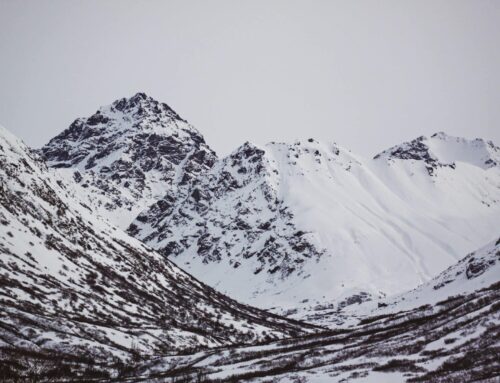
Our new report entitled “Subsidizing Oil Shale: Tracing Federal Support for Oil Shale Development in the United States,” shows that over the last century billions of dollars in taxpayer-funded subsidies have been risked on failed oil shale experiments.
The federal government made $3.2 billion dollars in loan guarantees and $3.7 billion in price guarantees – all taxpayer dollars – available to oil companies to commercialize oil shale in the 1980s. Yet, oil shale has never been a viable commercial product.
For more information, please contact Autumn Hanna at (202) 546-8500 x112 or autumn [at] taxpayer.net
*Oil shale today is often conflated with shale gas and shale oil, giving the false impression that oil shale is somehow ready for prime time. To clarify, oil shale is not “shale oil,” which has been drilled using the ubiquitous “fracking” method that has been written about and discussed extensively in the past couple years. Oil shale is a rock found mainly in Colorado, Wyoming, and Utah that contains a waxy substance called Kerogen and must be superheated and refined into a transportation fuel. However, oil shale has never been a viable commercial product.
**Images Courtesy of United States Geological Survey











Get Social